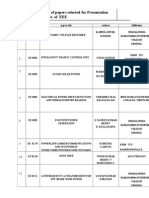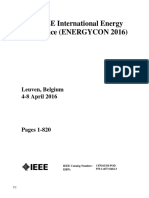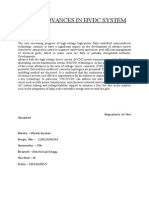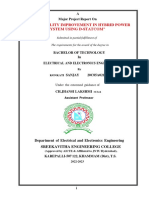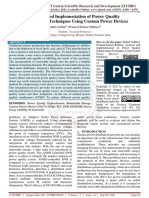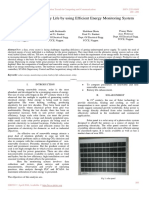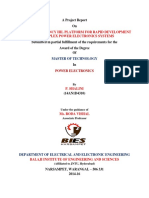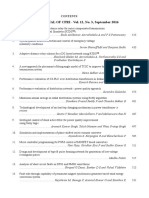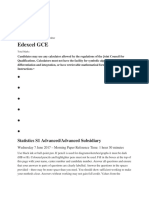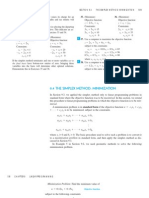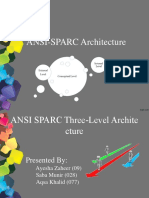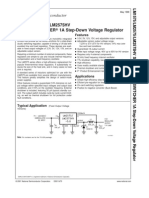0% found this document useful (0 votes)
15 views6 pagesAbstract EEE
The document contains multiple research papers from A.V.C. College of Engineering focusing on advancements in technology related to smart building automation, AI in exhibit identification, hydropower generation, voice-controlled wheelchairs, electric vehicle technologies, and energy management systems. Each paper discusses innovative solutions and challenges in their respective fields, emphasizing sustainability, efficiency, and the integration of modern technologies. The collective work highlights the importance of these technologies in enhancing urban living, preserving cultural heritage, and promoting renewable energy sources.
Uploaded by
kaminiganesan13Copyright
© © All Rights Reserved
We take content rights seriously. If you suspect this is your content, claim it here.
Available Formats
Download as DOCX, PDF, TXT or read online on Scribd
0% found this document useful (0 votes)
15 views6 pagesAbstract EEE
The document contains multiple research papers from A.V.C. College of Engineering focusing on advancements in technology related to smart building automation, AI in exhibit identification, hydropower generation, voice-controlled wheelchairs, electric vehicle technologies, and energy management systems. Each paper discusses innovative solutions and challenges in their respective fields, emphasizing sustainability, efficiency, and the integration of modern technologies. The collective work highlights the importance of these technologies in enhancing urban living, preserving cultural heritage, and promoting renewable energy sources.
Uploaded by
kaminiganesan13Copyright
© © All Rights Reserved
We take content rights seriously. If you suspect this is your content, claim it here.
Available Formats
Download as DOCX, PDF, TXT or read online on Scribd
/ 6



